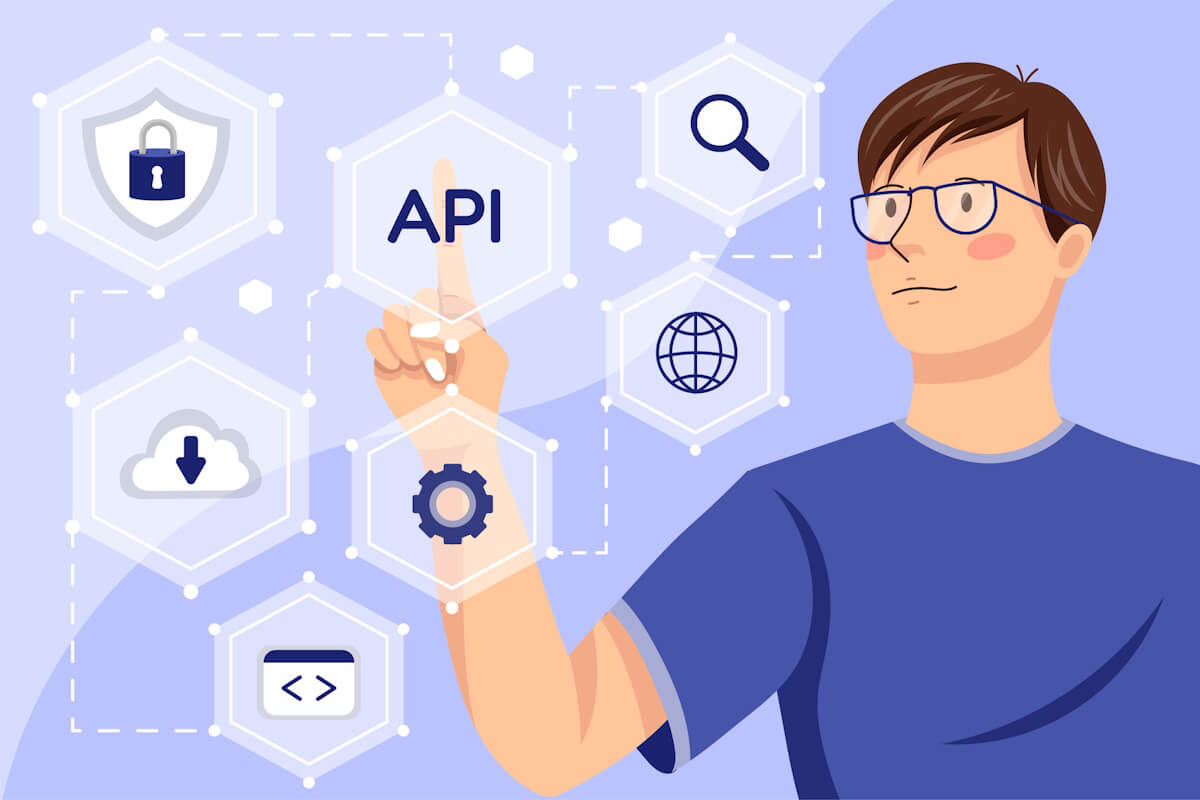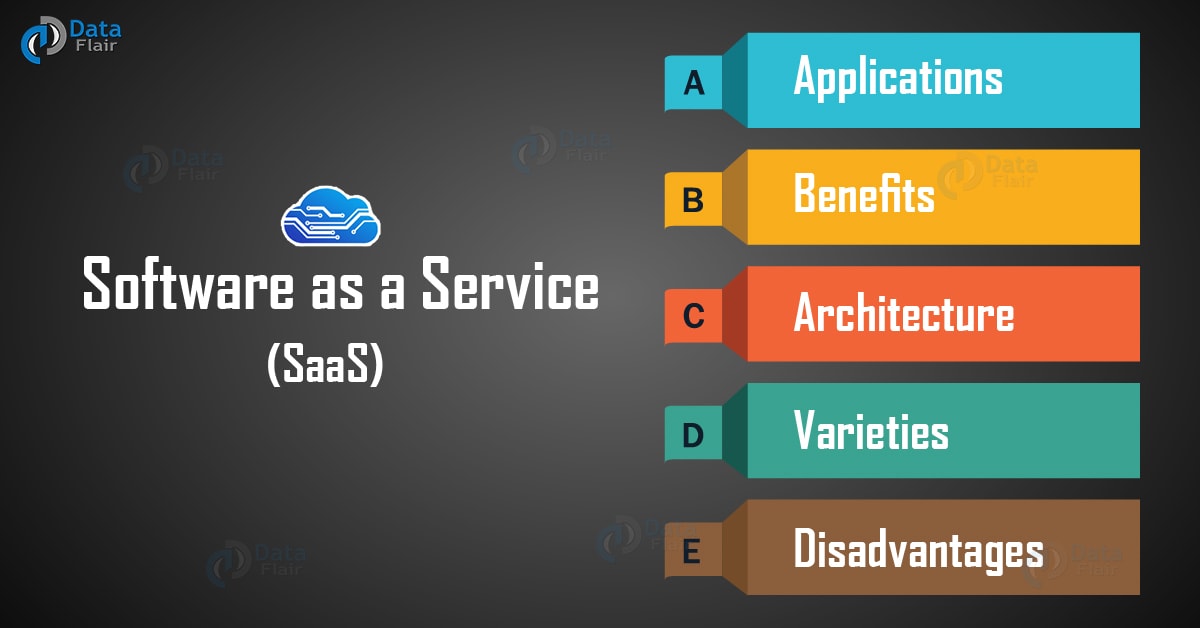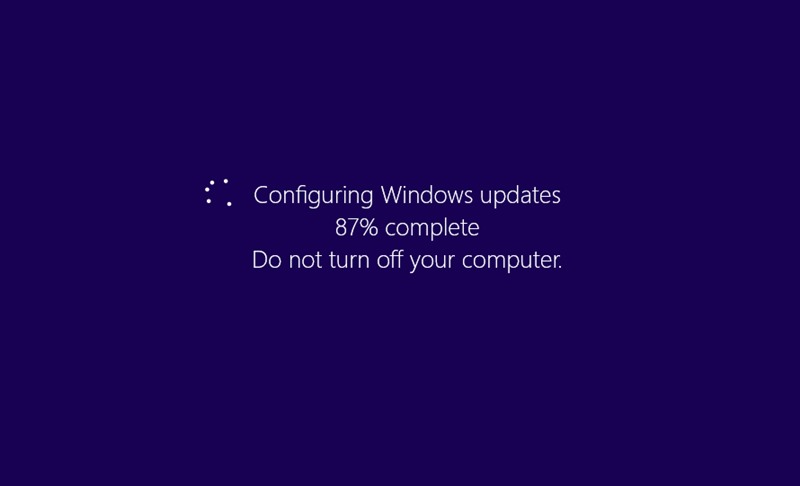Cloud-native: 7 Revolutionary Benefits You Can’t Ignore
Welcome to the future of software development—where agility, scalability, and resilience aren’t just goals, they’re the foundation. Cloud-native is no longer a buzzword; it’s a strategic imperative for businesses aiming to thrive in a digital-first world.
What Is Cloud-native? A Modern Approach to Software Development
The term cloud-native refers to a set of practices, technologies, and philosophies designed to build and run applications optimized for cloud computing environments. Unlike traditional applications that are simply migrated to the cloud (a process known as ‘lift and shift’), cloud-native applications are built from the ground up to leverage the full power of the cloud.
Core Principles of Cloud-native Architecture
Cloud-native development is guided by several foundational principles that differentiate it from legacy approaches. These principles ensure that applications are not only scalable and resilient but also easy to manage and continuously improve.
- Microservices: Applications are decomposed into small, independent services that communicate over well-defined APIs.
- Containers: Each service runs in a lightweight, portable container (e.g., Docker), ensuring consistency across environments.
- Dynamic Orchestration: Tools like Kubernetes manage the lifecycle of containers, enabling automatic scaling and recovery.
- DevOps & CI/CD: Development and operations teams collaborate closely, with automated pipelines enabling rapid, reliable releases.
- Observability: Comprehensive logging, monitoring, and tracing allow teams to understand system behavior in real time.
Cloud-native vs. Traditional Applications
Traditional monolithic applications are often tightly coupled, making them difficult to scale and update. In contrast, cloud-native applications are loosely coupled and modular. This architectural difference enables faster innovation and better fault isolation.
“Cloud-native isn’t just about using the cloud—it’s about rethinking how we build and deliver software.” — CNCF (Cloud Native Computing Foundation)
Why Cloud-native Is Transforming the Tech Industry
The global shift toward cloud-native technologies is not accidental. It’s driven by real business needs: faster time-to-market, improved customer experiences, and the ability to scale on demand. According to a 2023 CNCF survey, over 96% of organizations are either using or evaluating cloud-native technologies.
Accelerated Innovation Cycles
Cloud-native environments enable continuous integration and continuous deployment (CI/CD), allowing teams to release updates multiple times per day. This agility is critical in competitive markets where speed is a differentiator.
- Automated testing and deployment pipelines reduce human error.
- Feature flags allow safe rollouts and instant rollbacks.
- GitOps practices ensure infrastructure is version-controlled and auditable.
Resilience and High Availability
Cloud-native systems are designed to handle failures gracefully. With self-healing orchestration and distributed architectures, applications can withstand hardware failures, network issues, or even entire data center outages.
- Kubernetes automatically restarts failed containers.
- Service meshes like Istio provide traffic management and circuit breaking.
- Multi-region deployments ensure uptime during regional disruptions.
Key Technologies Powering Cloud-native Ecosystems
The cloud-native landscape is rich with open-source tools and platforms that work together to deliver a robust, scalable infrastructure. Understanding these technologies is essential for anyone adopting a cloud-native strategy.
Kubernetes: The Heart of Cloud-native Orchestration
Kubernetes, originally developed by Google and now maintained by the CNCF, is the de facto standard for container orchestration. It automates deployment, scaling, and management of containerized applications.
- Manages container lifecycles across clusters of machines.
- Supports declarative configuration via YAML manifests.
- Integrates with cloud providers (AWS EKS, Google GKE, Azure AKS) for seamless deployment.
Learn more about Kubernetes at kubernetes.io.
Docker: The Foundation of Containerization
Docker revolutionized software packaging by introducing lightweight, portable containers. A Docker container encapsulates an application and its dependencies, ensuring it runs consistently across any environment.
- Docker images are immutable and versioned.
- Dockerfiles define how images are built.
- Docker Compose simplifies multi-container application management locally.
Explore Docker’s capabilities at docker.com.
Service Meshes: Enhancing Communication and Security
As microservices multiply, managing service-to-service communication becomes complex. Service meshes like Istio and Linkerd provide a dedicated infrastructure layer for handling traffic, security, and observability.
- Enable mutual TLS for secure service communication.
- Provide fine-grained traffic control (canary deployments, A/B testing).
- Offer distributed tracing to debug latency issues.
The Role of DevOps in Cloud-native Success
Cloud-native is not just a technical shift—it’s a cultural one. DevOps practices are central to realizing the full potential of cloud-native architectures by breaking down silos between development and operations teams.
CI/CD Pipelines: Automating the Software Lifecycle
Continuous Integration and Continuous Deployment (CI/CD) pipelines are the backbone of cloud-native delivery. They automate the process of building, testing, and deploying code, reducing manual intervention and accelerating release cycles.
- Tools like Jenkins, GitLab CI, and GitHub Actions streamline automation.
- Pipelines can be triggered by code commits, pull requests, or scheduled events.
- Integration with Kubernetes enables zero-downtime deployments.
Infrastructure as Code (IaC)
In cloud-native environments, infrastructure is treated as code. Tools like Terraform, Ansible, and Pulumi allow teams to define servers, networks, and services in configuration files that can be versioned and reviewed.
- Ensures consistency across development, staging, and production.
- Enables rapid provisioning and teardown of environments.
- Supports compliance and auditability through code reviews.
Scalability and Cost Efficiency in Cloud-native Systems
One of the most compelling advantages of cloud-native is its ability to scale dynamically based on demand. This elasticity translates into better performance and cost optimization.
Auto-scaling and Resource Optimization
Cloud-native platforms can automatically scale applications up or down based on traffic. For example, Kubernetes uses Horizontal Pod Autoscalers (HPA) to add or remove pods in response to CPU or memory usage.
- Reduces over-provisioning and wasted resources.
- Handles traffic spikes during peak hours (e.g., Black Friday sales).
- Supports cost-effective use of spot instances or preemptible VMs.
Cost Management Strategies
While cloud-native offers scalability, costs can spiral without proper governance. Organizations must adopt strategies like resource quotas, monitoring tools, and FinOps practices to maintain control.
- Use tools like Prometheus and Grafana to monitor resource consumption.
- Implement namespace quotas in Kubernetes to prevent resource hogging.
- Adopt FinOps frameworks to align cloud spending with business value.
Security in Cloud-native Environments
Security is a shared responsibility in the cloud. While cloud providers secure the infrastructure, organizations must secure their applications, data, and configurations.
Zero Trust Architecture
Cloud-native environments embrace the Zero Trust model—never trust, always verify. Every request, whether internal or external, must be authenticated and authorized.
- Implement identity-based access controls (e.g., OpenID Connect).
- Use service meshes to enforce mTLS between services.
- Leverage policy engines like OPA (Open Policy Agent) for fine-grained authorization.
Securing the Supply Chain
With frequent deployments and third-party dependencies, the software supply chain is a growing attack surface. Cloud-native security must include image scanning, provenance verification, and runtime protection.
- Scan container images for vulnerabilities using tools like Trivy or Clair.
- Sign and verify artifacts with Sigstore or Notary.
- Use runtime security tools like Falco to detect anomalous behavior.
Challenges and Pitfalls of Adopting Cloud-native
Despite its advantages, cloud-native adoption is not without challenges. Organizations often underestimate the complexity involved in transitioning from monolithic to microservices-based systems.
Complexity and Learning Curve
The cloud-native ecosystem is vast and rapidly evolving. Teams must master multiple tools (Kubernetes, Helm, Istio, etc.) and new operational paradigms.
- Requires upskilling or hiring specialized talent.
- Debugging distributed systems is harder than monolithic ones.
- Tool sprawl can lead to operational overhead.
Operational Overhead and Monitoring
With hundreds of microservices and containers, monitoring becomes critical. Without proper observability, teams can struggle to detect and resolve issues quickly.
- Need for centralized logging (e.g., ELK Stack, Loki).
- Distributed tracing (e.g., Jaeger, OpenTelemetry) is essential.
- Alert fatigue can occur without proper alert tuning.
Future Trends in Cloud-native Technology
The cloud-native landscape continues to evolve. Emerging trends are shaping the next generation of applications, making them even more intelligent, efficient, and secure.
Serverless and Function-as-a-Service (FaaS)
Serverless computing takes cloud-native to the next level by abstracting infrastructure entirely. Developers deploy functions that run in response to events, paying only for execution time.
- AWS Lambda, Google Cloud Functions, and Azure Functions are leading platforms.
- Ideal for event-driven workloads (e.g., image processing, webhook handling).
- Reduces operational burden but introduces cold start latency.
AI and Machine Learning Integration
Cloud-native platforms are increasingly used to deploy and scale AI/ML models. Tools like Kubeflow enable end-to-end ML workflows on Kubernetes.
- Model training and inference can be containerized.
- Auto-scaling supports bursty inference workloads.
- MLOps practices ensure reproducibility and governance.
Edge Computing and Cloud-native
As IoT and real-time applications grow, cloud-native is moving to the edge. Lightweight Kubernetes distributions (e.g., K3s, MicroK8s) enable cloud-like capabilities on edge devices.
- Reduces latency for time-sensitive applications (e.g., autonomous vehicles).
- Enables offline operation with eventual synchronization.
- Supports hybrid cloud-edge architectures.
What is cloud-native?
Cloud-native refers to a modern approach to building and running applications that leverage cloud computing models. It involves using microservices, containers, dynamic orchestration, and DevOps practices to create scalable, resilient, and maintainable systems.
What are the main benefits of cloud-native?
The key benefits include faster time-to-market, improved scalability, higher availability, better resource utilization, and enhanced security through modern practices like zero trust and automated CI/CD.
Is Kubernetes necessary for cloud-native?
While not strictly required, Kubernetes is the most widely adopted orchestration platform for cloud-native applications. It provides essential capabilities like auto-scaling, self-healing, and service discovery that are critical for production-grade systems.
How does cloud-native improve security?
Cloud-native improves security through principles like least privilege, zero trust, and immutable infrastructure. It also enables automated security scanning, secure service-to-service communication via mTLS, and fine-grained policy enforcement.
What are common challenges in adopting cloud-native?
Common challenges include the steep learning curve, operational complexity, monitoring distributed systems, managing costs, and securing the software supply chain. Successful adoption requires cultural change, training, and strategic tooling choices.
Cloud-native is more than a technology trend—it’s a fundamental shift in how we design, build, and operate software. By embracing microservices, containers, and DevOps, organizations can achieve unprecedented levels of agility, scalability, and resilience. While the journey isn’t without challenges, the rewards are clear: faster innovation, better customer experiences, and a competitive edge in the digital economy. As cloud-native continues to evolve with advancements in serverless, AI, and edge computing, its role as the foundation of modern software will only grow stronger.
Further Reading:







